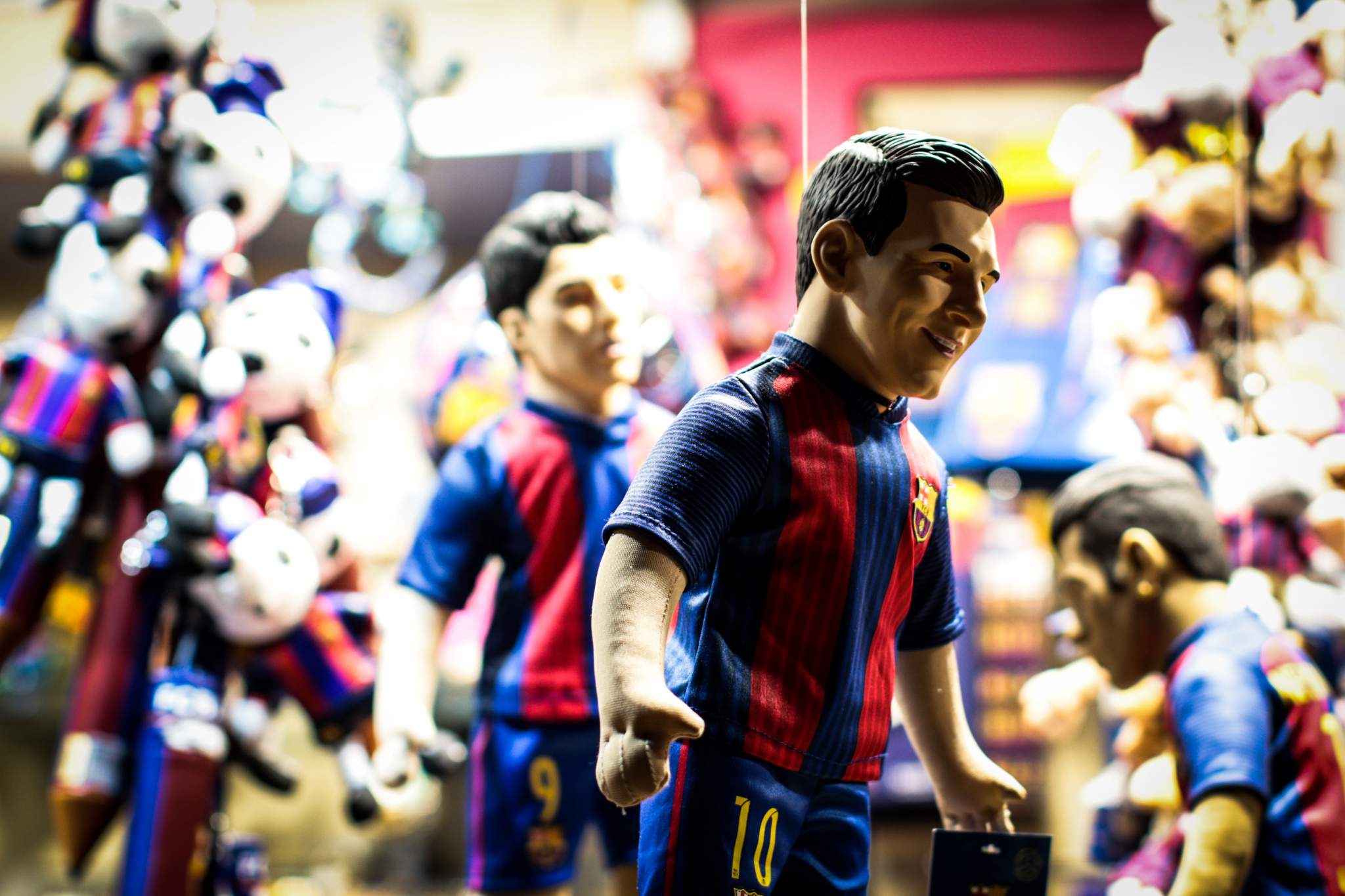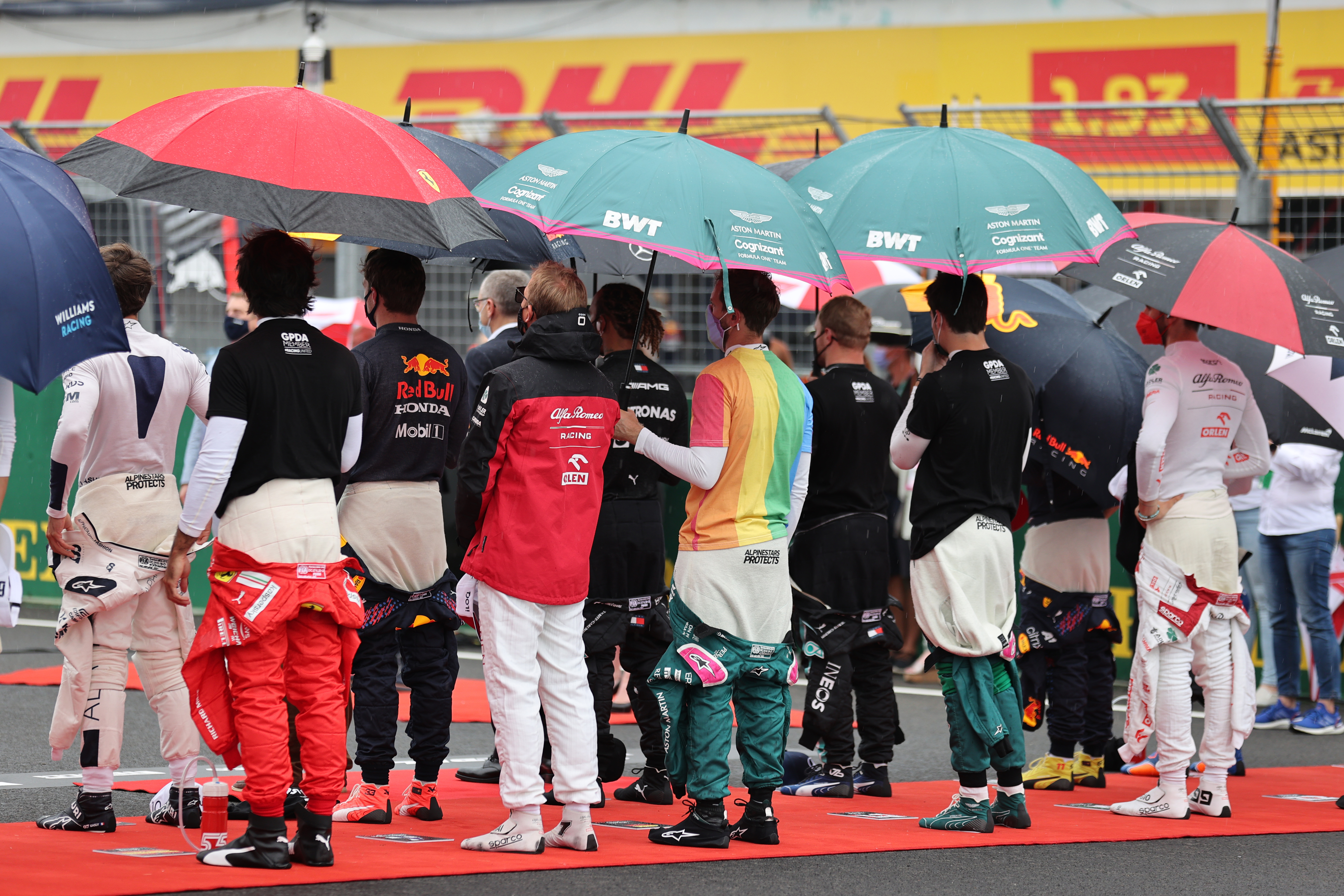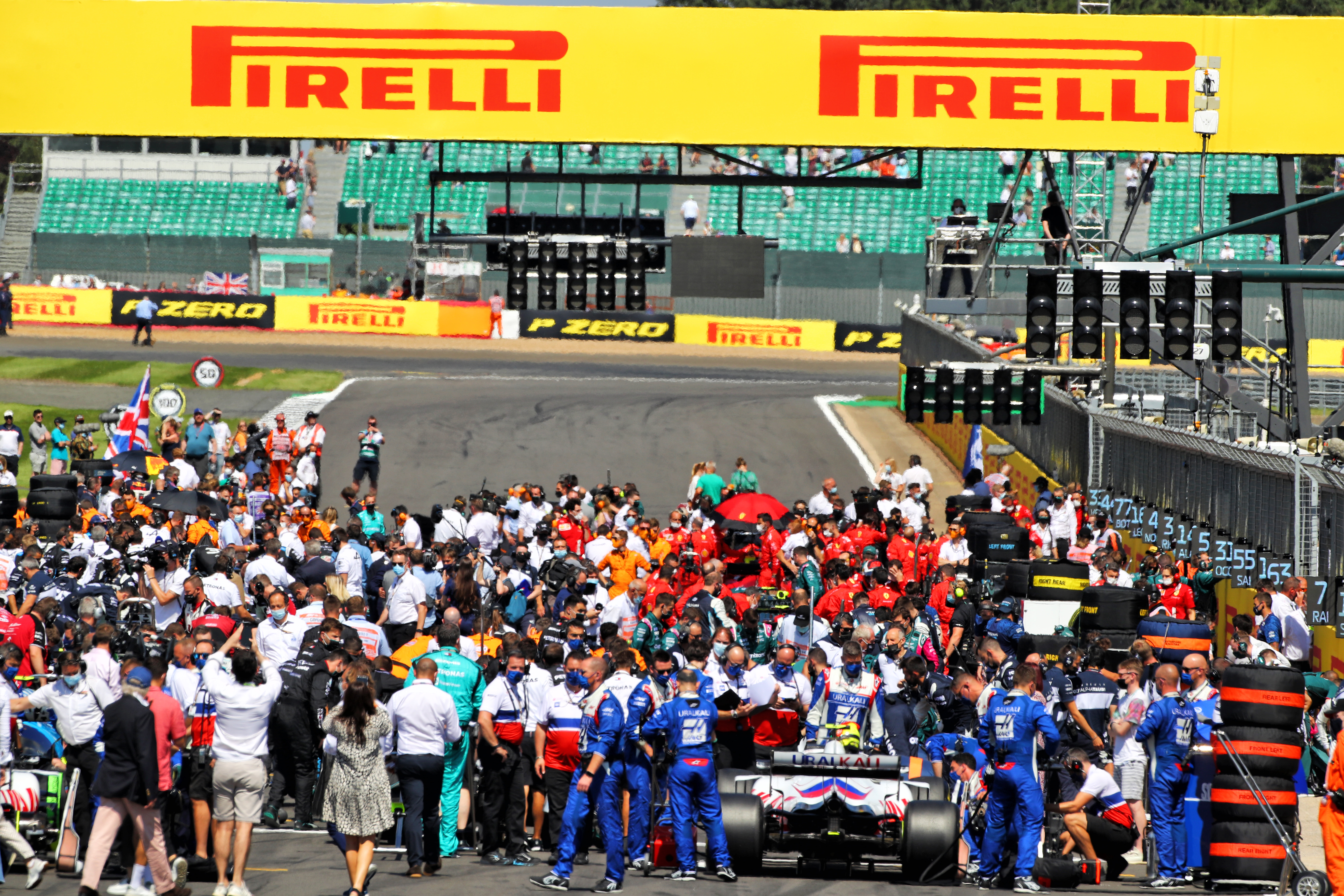Up Next

Apart from possibly proving a source of great entertainment for the grid’s resident Real Madrid fans Fernando Alonso and Carlos Sainz, Lionel Messi’s apparent exit from Barcelona’s football club doesn’t impact Formula 1 in any meaningful way.
But it does give grand prix racing another opportunity to reflect on this potential effect of a salary cap, which here has created a situation where a long-lasting alliance seems to be ending despite neither of the two sides wanting it to end.
Messi wanted out of Barcelona in 2020, with a year left on his deal, but a change in leadership at the club convinced him to pursue staying. He has remained absurdly effective as a player, and is effectively the face of the Spanish giant, which was only too keen to reward him with a proposed five-year deal despite him already being 34 years old.
Except, well, Barcelona can’t. As a team in the Spanish La Liga, it has to comply with a player salary cap – a pretty rare instance in association football – and because of the shrinking wage limit made available to it and the contracts it already has on the books, giving Messi a new deal has proven too tall a bureaucratic task.
F1 is getting its first taste of proper financial restrictions this year, having introduced an overall cost cap. This has already had a pretty tangible impact, at least per the team bosses’ rhetoric, from impacting the teams’ development plans to putting a much bigger emphasis on crash damage, which incurs costs that take up valuable space under the cap.
Driver salaries are currently exempt, and therefore the driver market has been largely unaffected – but it obviously will be if F1 teams’ broad agreement over the need to limit driver salaries translates into regulatory action in the near future.
It was understood that last year there was unanimous support for not just the vague idea of a driver salary cap, but a pretty concrete mechanism – a $30million ‘soft cap’ limit that could be exceeded only at the expense of a commensurate reduction in the overall team cap.
Thirty million is not exactly pennies, so you’d expect most teams to be comfortably under that, but some are bound to face trouble – and the concept of an Ayrton Senna/Alain Prost-style ‘superteam’, already not massively in vogue with the modern top teams, would become completely prohibitive.
But could it also create a situation where drivers comfortable with their teams get driven out, potentially not just out of their seat but out of the championship altogether, if their team is suddenly unable to fit their demands under the cap even if it’s otherwise willing to pay the actual sum.
Or even for drivers pushing for extra salary knowing that doing so will mean their team has to dip into other areas and that they’re effectively compromising their employer’s competitiveness for their own personal financial gain.
Memories of Leo #Messi: pic.twitter.com/mUjVO2rnGa
— FC Barcelona (@FCBarcelona) August 6, 2021
A salary cap is of course nothing new in the world of sports, and is an idea largely synonymous with your top-level American sports. But Messi’s situation is not only closer to home geographically for F1, but feels like it represents something very unusual. Be it NFL, NBA or NHL, teams in those leagues tend to get their franchise player locked down and then make cuts for cap space if they need to. A player of Messi’s calibre and a club of Barcelona’s calibre both wanting to stay together but being unable to – despite Messi reportedly agreeing to a substantial pay cut! – feels like a genuine freak event.

So is it plausible that we might see something like this in a driver salary capped Formula 1’s future?
The answer appears to be a theoretical ‘yes’, but a practical ‘almost certainly not’.
Firstly, the exact circumstances of Barcelona’s predicament are important. Unlike F1’s driver salary cap, which would be uniform and likely set in stone (although given that the overall cost cap is on a gradual glide path of reduction for the next few years, you could envision something similar applying here), the La Liga cap is tied into club revenue.
COVID-19 has affected that, adding to the impact of what is widely regarded as misguided, overly lavish spending by the previous administration, and Barcelona’s cap number has been slashed very significantly.
It therefore urgently needed to make big reductions in its wage budget but has only really succeeded in offloading youngsters and certain squad players (rather than the big earners it would prefer to see leave instead of Messi) while also making new rather luxurious new signings that haven’t cost it much in fees to other clubs, but have added an extra complication in terms of wages.

Barcelona president Joan Laporta has suggested including Messi would’ve meant 110% of the club’s revenue went on player salaries.
The F1 version of the cap, on the other hand, appears to be a stable one across all teams, meaning that it’s impossible to envision, say, Red Bull being caught out by a big reduction and unable to sign up Max Verstappen because of that.
It’s also a far simpler calculation – two drivers rather than a massive squad of players on contracts of varying lengths, with a whole range of deal structures and clauses and clauses. And there’s the fact that you can effectively borrow money from the wider cap to pay for any ‘excess’ salary – a solution that is not available to Barcelona.
From what Barcelona has been like in recent years, Messi is absolutely integral to its title chances. There are, of course, F1 drivers who are the same for their F1 teams – but in complying to F1’s proposed salary cap those teams have more mechanisms to ensure those drivers are retained. It is therefore the ‘other’ seat that is more likely to be impacted and more likely to be the subject of a competitive sacrifice.
In such a world, we’re bound to see some really creatively structured deals, frontloaded or backloaded or with exit clauses that prevent a cap disaster. The suggestion Messi’s five-year proposed deal was a mechanism to spread the payments out is a hint of this.
The only real scenario where an F1 team might suddenly lack the cap flexibility to retain its star driver is probably if it’s made some really unwise long-term investment on the other side of the garage and can’t get out of it – and that’s a lot easier to do with a football team than with a two-driver roster.

Any more specific hypothetical scenarios would require a more exact framework of F1’s driver salary cap, what clauses it would contain, how it would deal with force majeures like injury, and whether contract buyouts would count against the cap.
But it’s probably fairly safe to assume that a Red Bull, a Mercedes, a Ferrari would all sooner borrow from the overall cap than let their ‘Leo Messi’ walk.
The bigger question is whether the existence of the cap itself would make drivers reconsider certain things. Lewis Hamilton, for instance, has made it clear that he’s not a huge fan of the idea, saying “I do think about the next up and coming young stars that are coming through and I don’t particularly see why they should be handicapped [by a cap]”.
Thirty million is nothing to scoff at, but it doesn’t leave that much wiggle room. And a star’s demands might exceed the amount of extra space a team finds itself willing to make in its overall cap.

What then? Well, take Messi’s instance. Currently, rumour has it that he will instead pursue a move to French team Paris Saint-Germain, which does have to comply with European football’s overarching Financial Fair Play Regulations but at least doesn’t face any salary constraints from the French league.
In other words, the direct consequence of La Liga’s salary cap will be its best and most marketable player going to play somewhere else. That does not, obviously, make the cap wrong, but it is a consequence that has to be acknowledged.
Would F1 risk losing stars to another motorsport category, where a manufacturer might be able to throw more cash at a driver, unconstrained by financial capping? F1’s lustre goes well beyond the salaries, and it’s hard to see who would pay above-cap sums for an F1 driver to ply their trade in a less marketable category – but it’s at least a theoretical possibility.
And I believe that possibility will at least be floated by some drivers the closer we get to driver salary caps. If that comes to pass, will F1 stand its ground? Will it be willing to lose a Lionel Messi or two at the altar of cost control?








